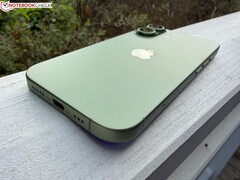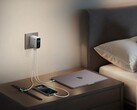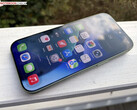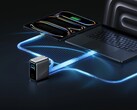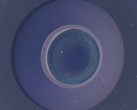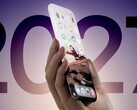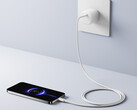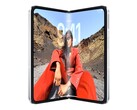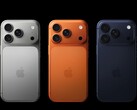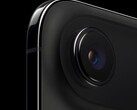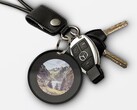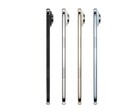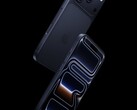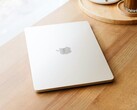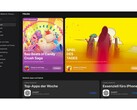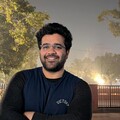ChargerLAB has tested how the iPhone 17 behaves with four of Apple’s USB-C power adapters, the 20 W, 40 W, 70 W and 140 W models, using a POWER-Z KM003C tester and POWER-Z Lab V2.4 software inside a 25 °C (77 °F) thermotank.
Using the 20 W adapter, the iPhone 17 triggered a 9 V output and drew 19 W for the first 36 minutes before dropping to 12 W, then 7 W by around the 65-minute mark, after which it entered the trickle-charging phase. It reached 50 % in 27 minutes, 80 % in 52 minutes, and finished in 1 hour 50 minutes.
With the 40 W adapter, the phone triggered a 15 V output and peaked at 36 W. Power stayed around 28 W for the first 11 minutes before gradually declining in a step-like pattern to about 8 W by the 57-minute mark, eventually dropping to 5 V near the end of the cycle. The iPhone 17 reached 50% in 19 minutes, 80% in 44 minutes, and a full charge in about 1 hour and 42 minutes.
The 70 W adapter behaved nearly the same, triggering 15 V with a 36.7 W peak. It held 28 W for 13 minutes before gradually dropping to 24 W, 19 W, 12 W, and finally 7 W by the 57th minute. The phone reached 50 % in 19 minutes, 80 % in 44 minutes, and 100 % in 1 hour 42 minutes.
Testing the 140 W adapter produced an almost identical curve: a peak of around 36 W, 50 % in 18 minutes, 80 % in 42 minutes, and full charge in 1 hour 41 minutes.
When plotted together, the charging curves for the 40 W, 70 W, and 140 W adapters appear almost identical, with the iPhone 17 reaching 50% in 19 minutes, 70% in 30 minutes, 80% in 41 minutes, and a full charge in 1 hour and 39 minutes.
By comparison, the 20 W adapter shows an overall slower charging speed. The 70 W adapter performs only slightly faster than the others, but the difference is minimal. According to ChargerLAB, this proves that Apple’s new 40 W charger with the SPR AVS protocol offers no special advantage for the iPhone 17, which still relies on the standard USB-C PD protocol.
You can watch the detailed testing video linked below.




